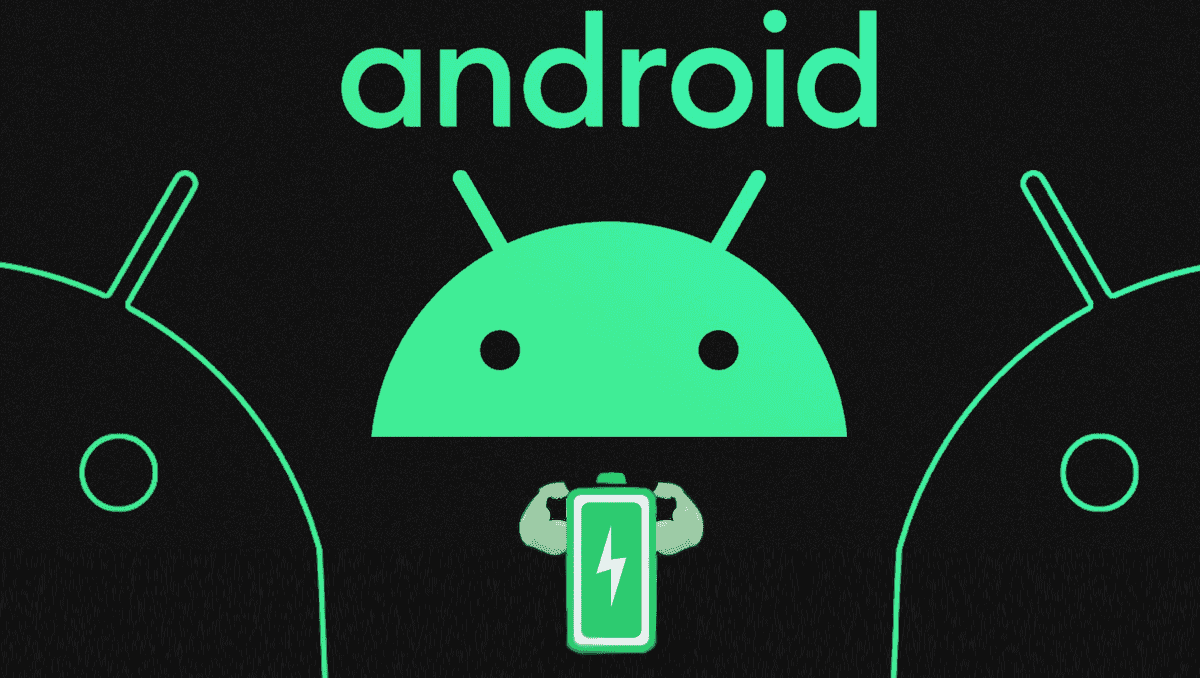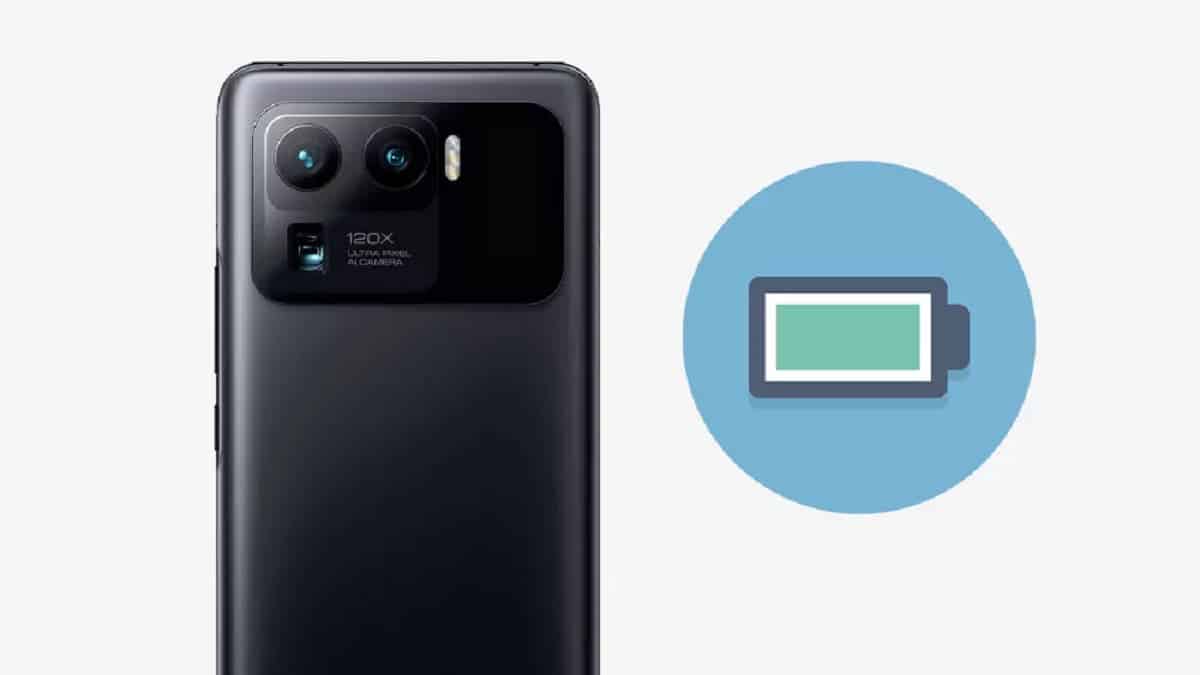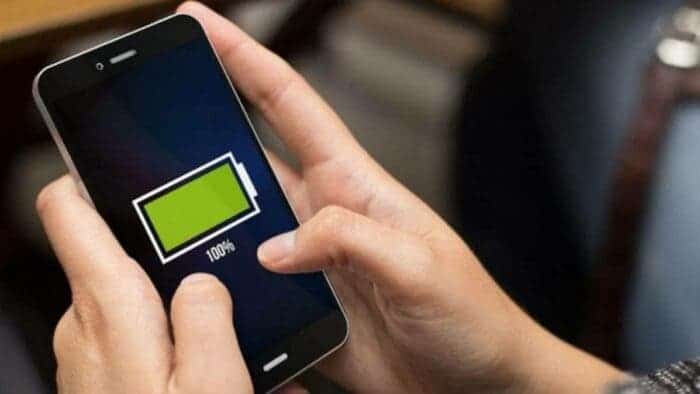For most smartphone users, the quest for a full battery bar feels like an ongoing battle. We meticulously close apps, hunt for rogue battery drainers, and strategically clutch our phones throughout the day, desperately hoping to avoid a dreaded mid-afternoon shutdown. This constant anxiety highlights a critical point of contention in the smartphone industry: the war for battery life.
The Battle for Battery Life: How Manufacturers and App Developers Can Work Together to End Our Charging Anxiety

While advancements in battery technology are steadily increasing capacity, our ever-growing reliance on power-hungry apps and features threatens to outpace these gains. Bridging this gap requires a united front – a collaborative effort between smartphone manufacturers and app developers.
Manufacturers: Hardware Optimization for Efficiency
The foundation of good battery life lies in the hardware itself. Manufacturers hold the responsibility of optimizing their devices for power efficiency. Here are some key areas where they can make a significant impact:
-
Energy-Efficient Processors: Processors are the workhorses of a smartphone, but their power demands can be substantial. Manufacturers should prioritize processors that deliver high performance without sacrificing battery life. Investing in features like dynamic clock speeds that adjust processing power based on task requirements can significantly improve efficiency.
-
Display Optimization: The display is another major battery drain. Technologies like AMOLED displays, which only illuminate active pixels, offer better battery efficiency compared to traditional LCD screens. Additionally, implementing features like adaptive refresh rates that adjust the screen refresh rate based on content can further reduce power consumption.
-
Battery Capacity: While advancements in battery technology are ongoing, increasing the raw capacity remains a crucial factor. Manufacturers should strive to pack their devices with the largest, most efficient batteries possible. This provides users with a larger buffer against power-hungry applications.
-
Standardization and Transparency: A major pain point for developers is the fragmentation of the Android ecosystem. Different manufacturers often implement custom software skins that can interfere with app behavior and battery optimization. Standardized APIs and increased transparency around hardware capabilities would allow developers to create apps that are more efficient across all Android devices.
App Developers: Building Apps with Battery Life in Mind
App developers play a crucial role in the battery life battle. By taking a proactive approach to optimizing their apps, they can significantly reduce the strain on a user’s battery. Here’s how:
-
Understanding Battery Usage: Developers should utilize profiling tools provided by the operating system to understand how their apps are consuming battery. Identifying areas of high power consumption allows them to target optimizations effectively.
-
Location Services: Location services are a double-edged sword. While essential for many apps, they can be a major battery drain if not managed properly. Developers should implement granular controls that allow users to choose when and how their location data is shared.
-
Background Processes: Apps running in the background can silently drain battery life. Developers should minimize unnecessary background processes and offer users options to control when background activity is permitted.
-
Push Notifications: While push notifications keep users informed, excessive or poorly optimized notifications can be a battery drain. Developers should implement options for users to customize notification frequency and content to reduce their impact on battery life.
-
Embrace Efficient APIs: Modern operating systems offer a variety of APIs designed to improve battery efficiency. Developers should leverage these tools, such as background task restrictions and power-efficient networking libraries, to create apps that are kinder to a user’s battery.

Collaboration is Key
The battle for battery life is not a zero-sum game. Manufacturers and developers can achieve greater success by working together. Here are some ways they can foster collaboration:
-
Shared Best Practices: Manufacturers can create workshops and resources that educate developers on battery optimization techniques specific to their hardware. Developers, in turn, can share best practices for creating efficient apps across different platforms.
-
Early Access Programs: Providing developers with early access to new hardware and software features allows them to optimize their apps for upcoming devices, ensuring a smooth and efficient user experience from launch.
-
Battery Benchmarking Tools: Developing standardized battery benchmarking tools allows both manufacturers and developers to objectively measure the impact of hardware and software changes on battery life. This facilitates data-driven decision making for both parties.
The Future of Battery Life
The fight for extended battery life is an ongoing battle, but with collaboration, significant progress can be made. As battery technology advances and manufacturers and developers prioritize efficiency, we can move towards a future where our smartphones become reliable companions, lasting throughout the day without the constant fear of a dead battery.
This collaborative effort will not only improve user experience but also contribute to a more sustainable future. By reducing reliance on constant charging, we can minimize our environmental footprint and contribute to a greener future for mobile technology. The battle for battery life is not just about convenience; it’s about creating a future where our smartphones empower us, not limit us.





